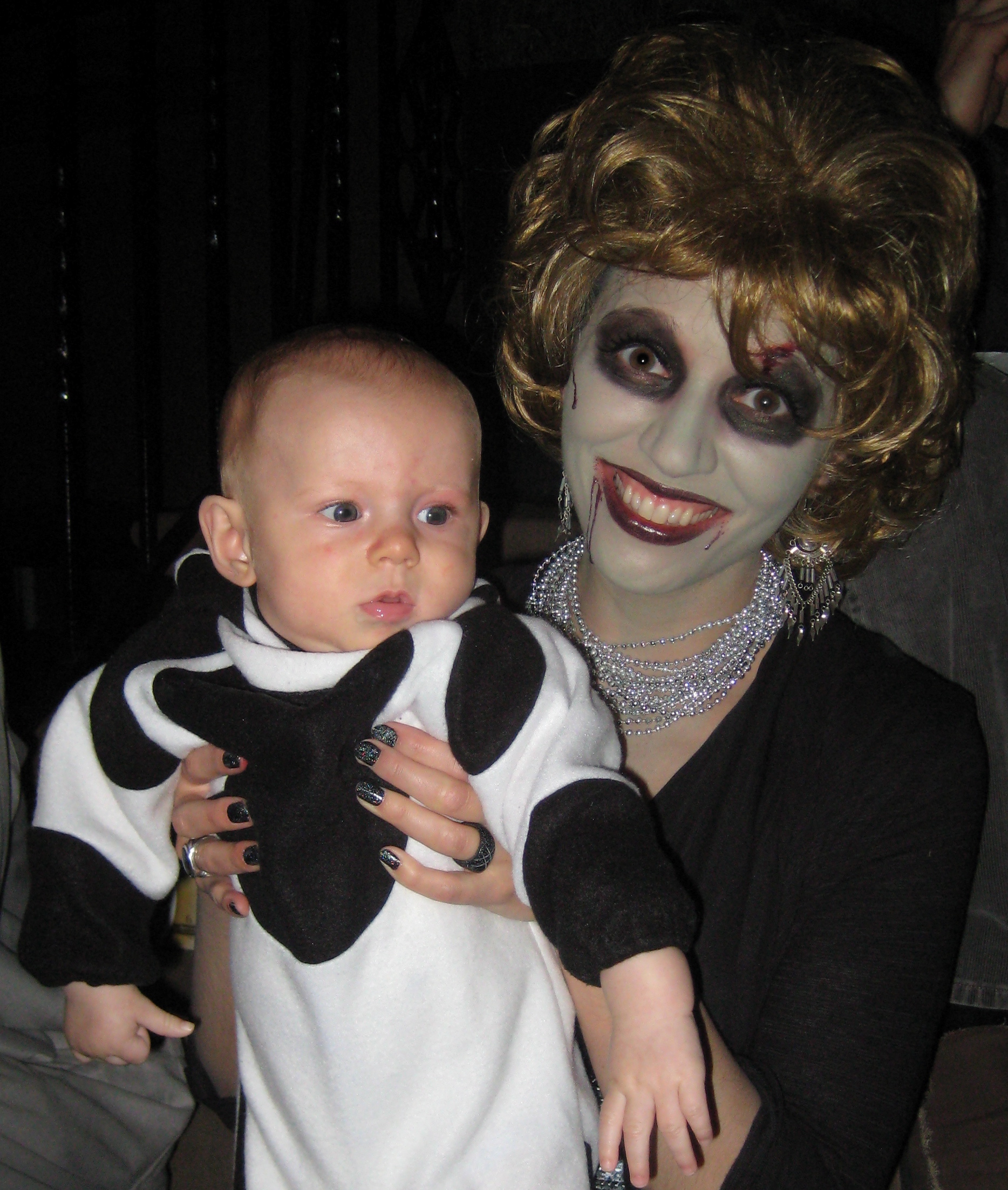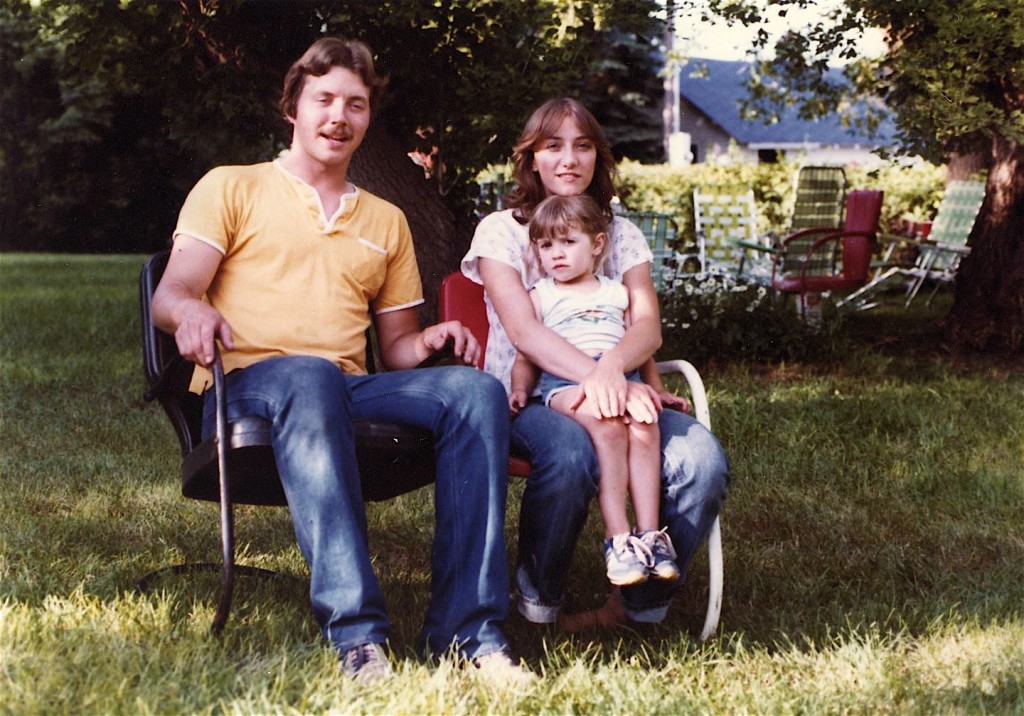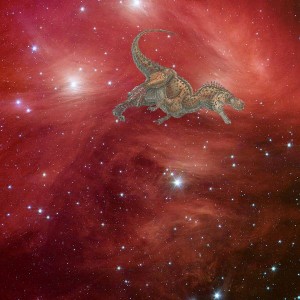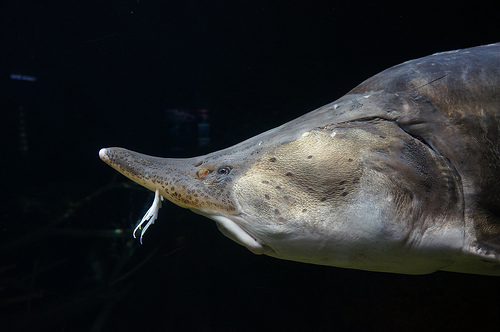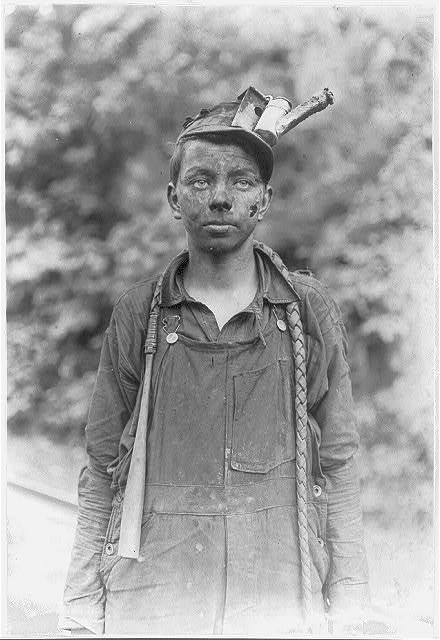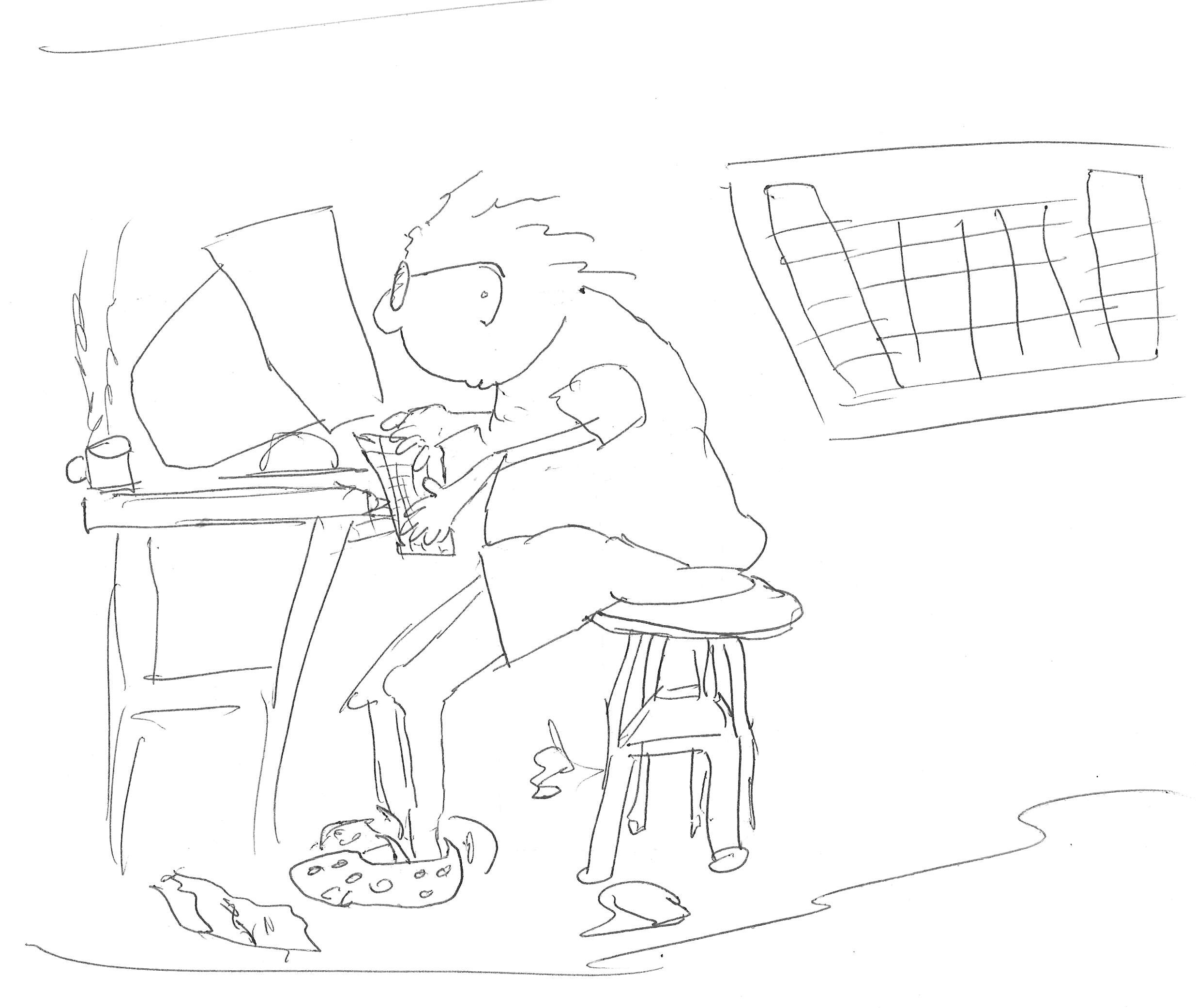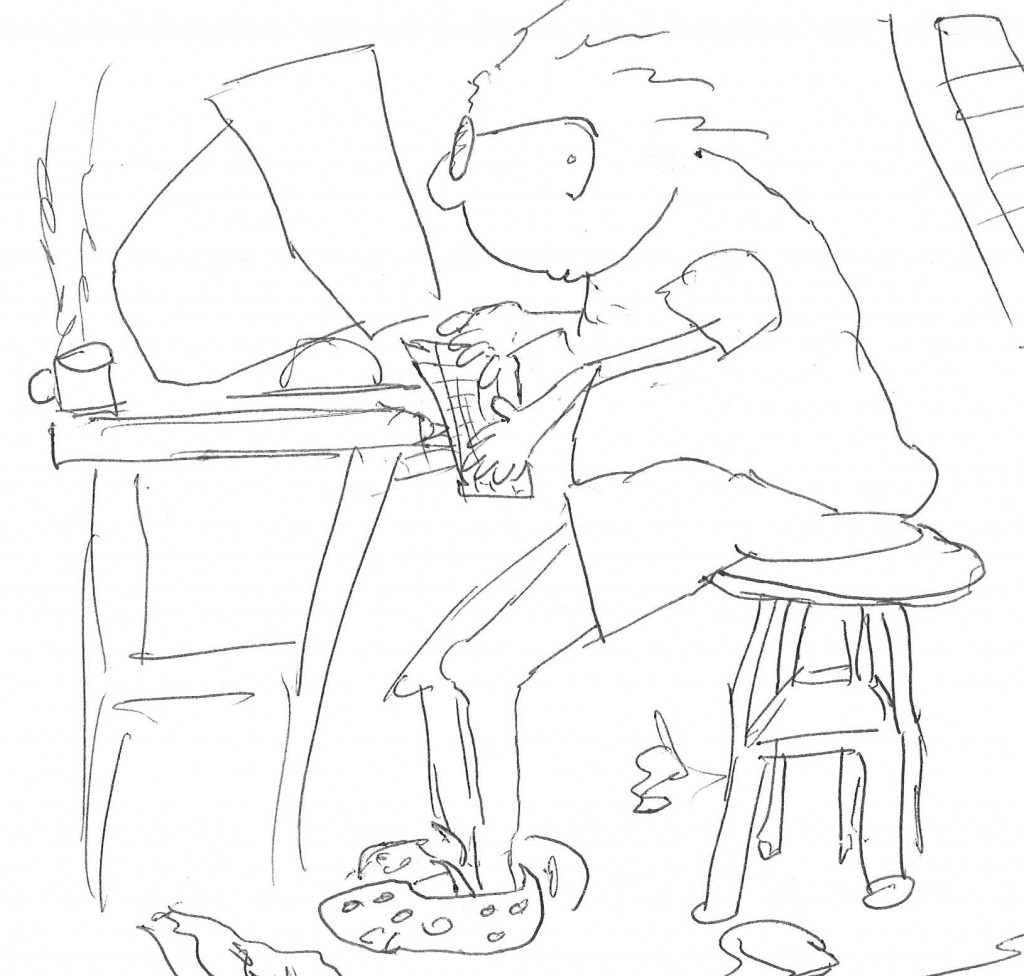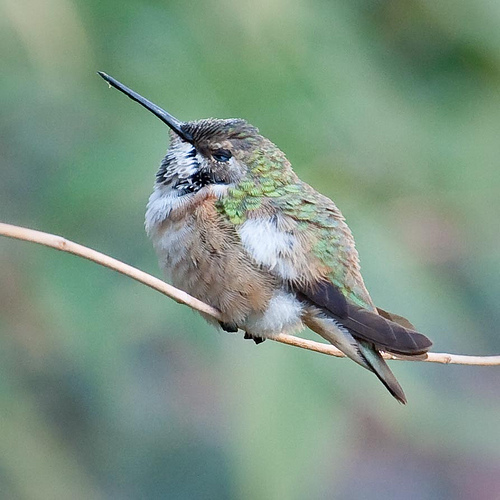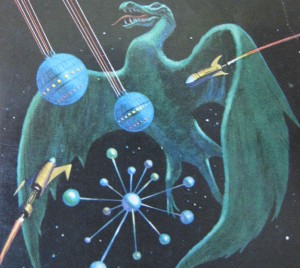When my grandma got married, the question of whether to have children wasn’t something that one pondered. If you could have kids, you did. My grandma had eight. Luckily she loves children. When my mom got pregnant at 17, she decided to keep me even though she had to drop out of high school. She never considered other alternatives. Today, of course, women have options — lots of them. And they’re encouraged to think about those options in ways they may not have in the past. In this week leading up to Mother’s Day, the women of LWON take a look at motherhood and the vast number of choices available to us.
Rock, paper, scissors is a great game for making tough decisions — like who will get off the couch to order takeout. A couple of months ago, I asked my husband if he wanted to play. We were in a bar, and I was tipsy. “Let’s do paper, scissors, rock to decide whether to have a baby,” I said.
My husband wouldn’t play, but he wasn’t surprised at the request. I’ve had babies on the brain for months. You see, I haven’t decided whether I want a child. That wouldn’t be a problem except for the fact that I’m 33 years and 7 months old. While my brain leisurely mulls the pros and cons, my womb beeps like a smoke alarm low on batteries. This relentless distress signal has me on edge. Continue reading
